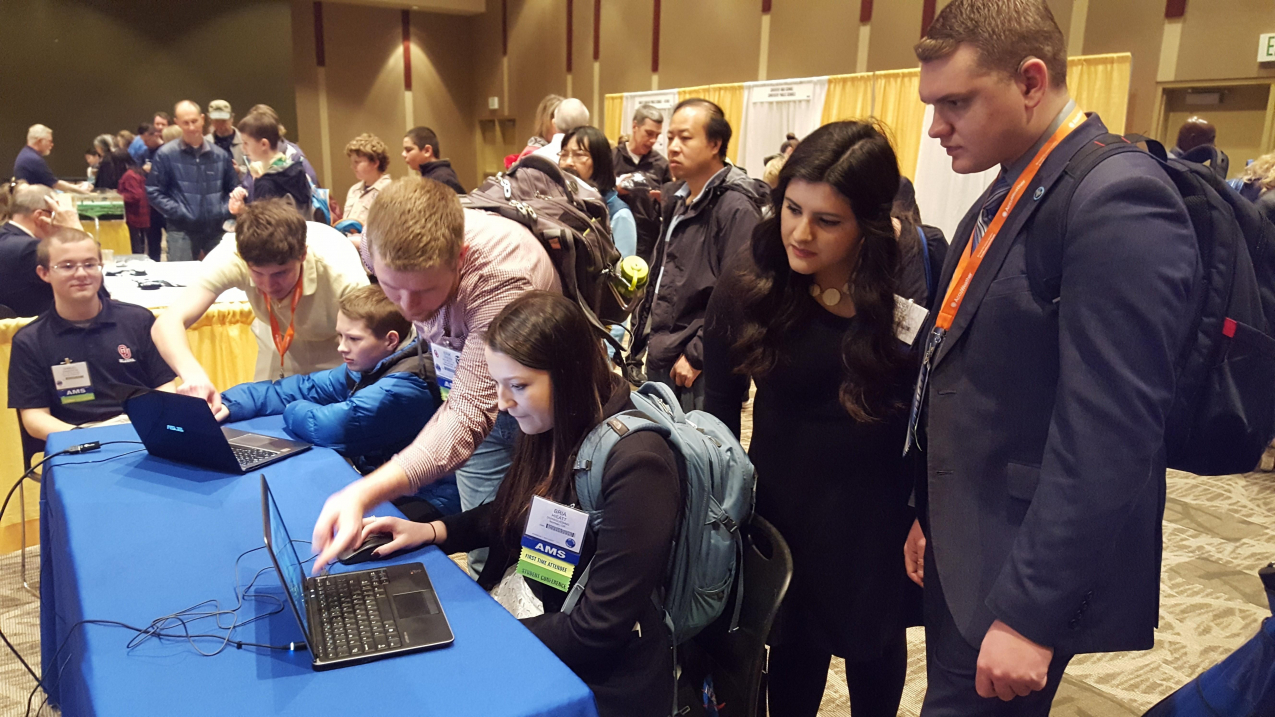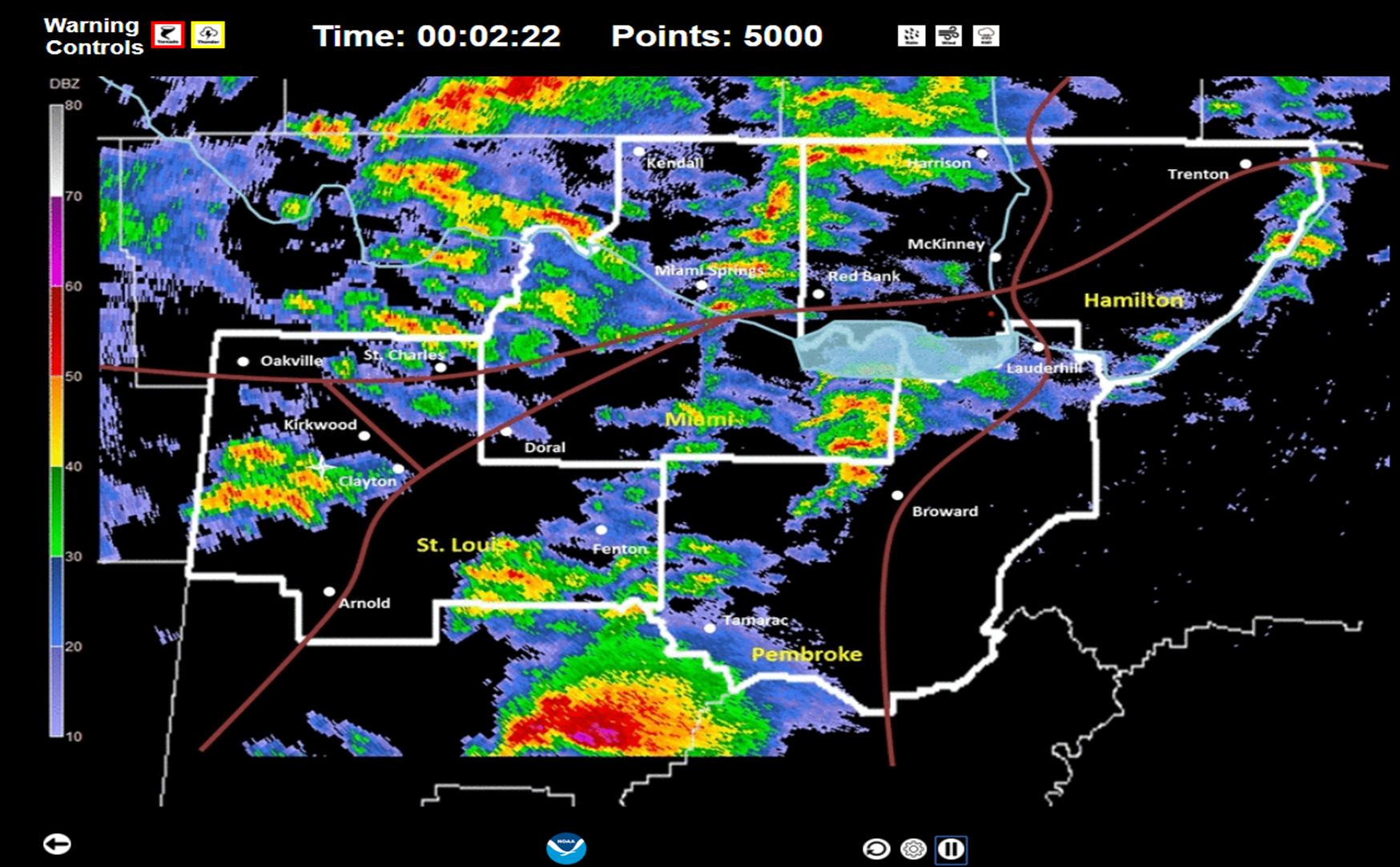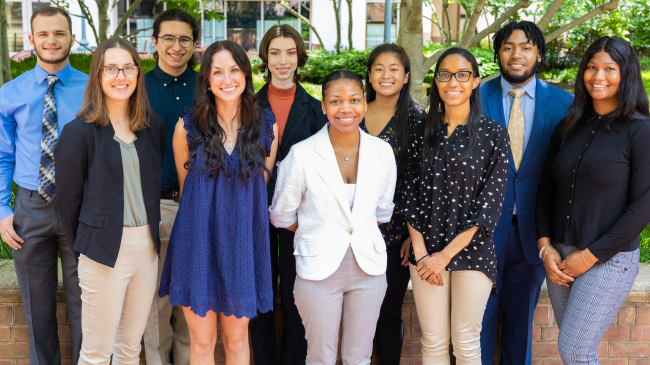What’s it like to make high pressure warning decisions?
When the National Weather Service issues a tornado warning, people in homes and business may have only minutes to seek shelter. But what goes on behind the scenes during these life-and-death decisions? Now participants can find out for themselves in a simulated severe weather forecast scenario.

WeatherFest participants test their skills at issuing severe weather warnings. (Image credit: Lans Rothfusz, National Severe Storms Laboratory)





